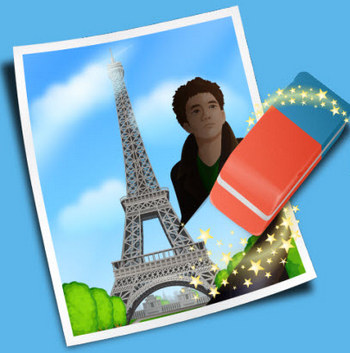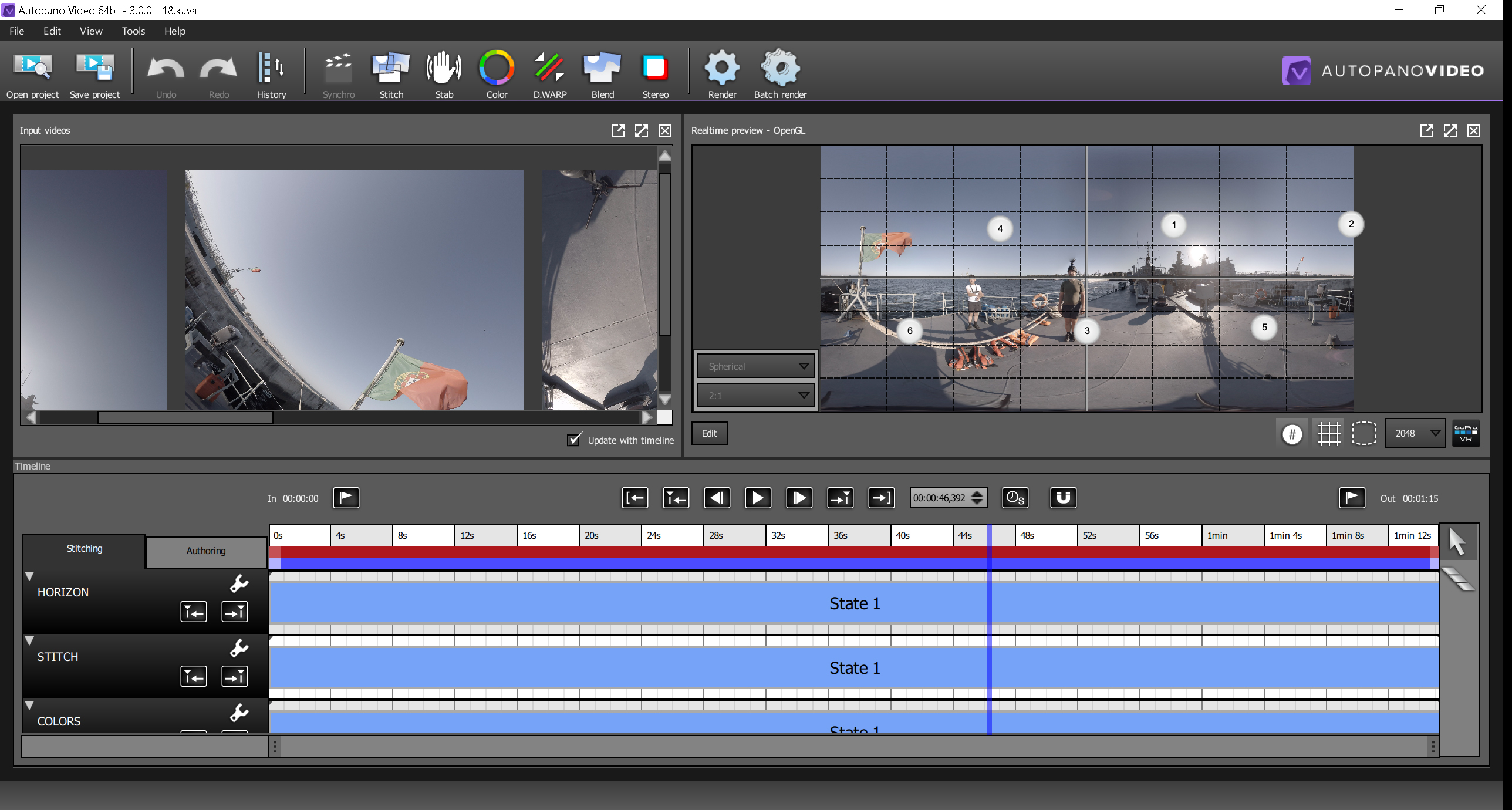

- #AUTOPANO GIGA BLEND MAC OS#
- #AUTOPANO GIGA BLEND MANUAL#
- #AUTOPANO GIGA BLEND PRO#
- #AUTOPANO GIGA BLEND SOFTWARE#
- #AUTOPANO GIGA BLEND PLUS#
Tone-mapping is the step usually responsible for ruining HDR images. It turns out that most photographers considering HDR would actually prefer Exposure-Fusion which is a lighter process that produces readily usable results since there is no need for tone-mapping.
#AUTOPANO GIGA BLEND PRO#
The HDR capabilities of PTGui Pro are a great asset. The main difference is that PTGui allows control-points to be tweaked, so one can improve upon the automatic solution. It fails to correctly stitch objects at about the same rate as MS ICE, so slightly behind Autostitch. The automatic stitching is good and works well for the most part. PTGui Pro produces high-quality images with excellent sharpness throughout the frame and distinguishes itself by exceptional blending across seams. The final phase jumps to the Create Panorama tab which allows the usual parameters of size, quality, format and output file to be specified. This is also where the Pro version allows Exposure-Fusion and HDR blending to be enabled. It is then possible to review and edit control points individually, in case details were not matched correctly.

while a drop-down menu offers a staggering number of alternate projections, 15 in total.Īlign Images positions and links them automatically.
#AUTOPANO GIGA BLEND MANUAL#
One can jump directly to a manual workflow by clicking the aptly-named Advanced button. The main window appears with a single tab labeled Project Assistant which provides a fully automatic workflow. PTGui starts up directly with two windows open.

#AUTOPANO GIGA BLEND SOFTWARE#
or Exposure-Fusion Using multiple images to produce a Low-Dynamic-Range image of a High-Dynamic-Range scene., saving the need for separate HDR software and allowing the creation of HDR panoramas. The latter allows PTGui Pro to automatically detect and perform HDR blending Merging multiple exposures to create an image with a High-Dynamic-Range. The former is useful feature to producing a high volume of panoramas such as for Time-Lapse photography Continuous capture of images usually presented as a video sequence. Differences between the Pro and standard versions mostly fall into the Batch-Processing or HDR & Exposure-Fusion category. There are no limits on image size and the 16-bit workflow is supported by both versions. There are two versions of PTGui, the standard one and the Pro version reviewed here.
#AUTOPANO GIGA BLEND PLUS#
It supports the usual 8-bit workflow, plus a 16-bit workflow for improved image quality. It also provides automatic compensation for image tilt, vignetting and exposure inconsistencies, making it quite resilient to input issues. PTGui is capable of stitching multi-row panoramas up to 360° x 180° field-of-view with virtually no limit on resolution and can produce gigapixel panoramas.
#AUTOPANO GIGA BLEND MAC OS#
Originally developed as a GUI over the powerful-but-cryptic command-line Panorama Tools, it has evolved into a full-fledge applications for Windows and Mac OS X. PTGui is an advanced panorama software with a high level of control over each step of the stitching process.


 0 kommentar(er)
0 kommentar(er)
